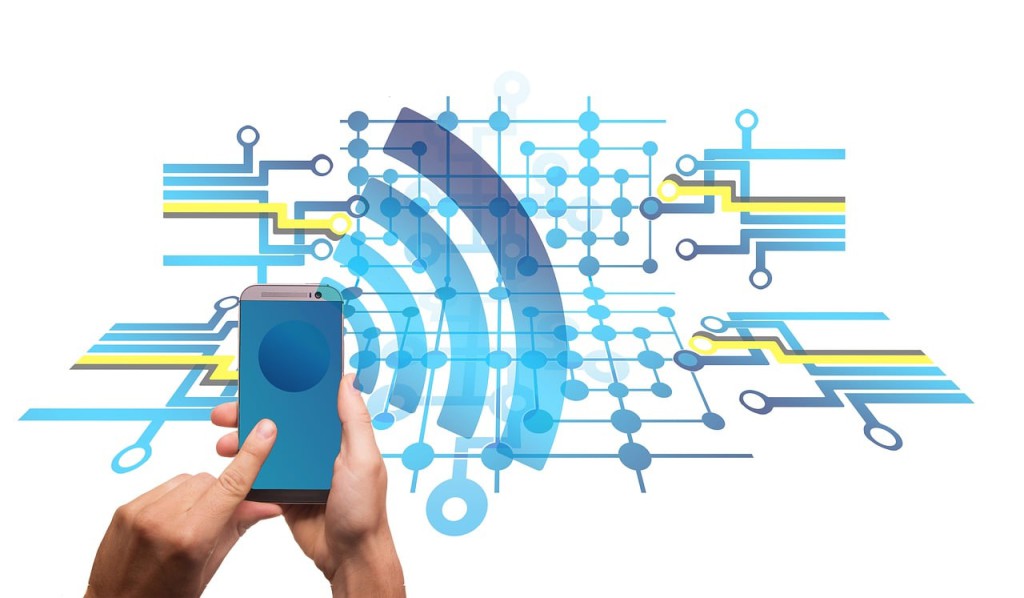A new era in HVAC

Kas Mohammed, VP Digital Energy, UK&I at Schneider Electric, examines the smart technologies that are changing the HVAC sector.
In order to meet new building requirements and keep up with ever changing consumer expectations, electrical contractors are increasingly turning to advanced HVAC technologies. Smart solutions and those that facilitate remote monitoring and control, whilst still enhancing energy efficiency and indoor air quality, are becoming a part of standard practice.
The technologies transforming HVAC
We are increasingly seeing contractors start to take a more holistic approach to efficiency within the HVAC sector, leveraging automation and control. Integrating automation, HVAC, control systems and smart technologies in an industrial building streamlines energy use in several ways.
For example, automation systems adjust the operation of machinery or lighting based on real-time demand – avoiding unnecessary energy use. Optimised HVAC systems adapt to different zones and times of the day to greatly reduce heating and cooling waste. Control systems monitor and adjust energy use across the entire building for more informed and efficient management of resources. Intelligent technologies can anticipate maintenance needs and operational adjustments. This ensures the systems run at peak efficiency without energy loss from malfunctioning or suboptimal performance.
Meanwhile industrial controls provide a wide range of benefits – from making buildings more resilient and operationally efficient, to helping to reduce a site’s carbon footprint. To create a truly smart building, the integration of multiple devices on a single smart platform, and their ability to interact seamlessly with each other, is essential. Interoperability ensures every device and application feeds into the overall goals for a project – whether that’s to lower costs or carbon or improve occupant experience.
Following protocol
When implementing these modern technologies, electrical contractors must also continue to be aware of certain protocols. For example, BACnet is the predominant protocol in use for heating, cooling and ventilation systems. It stands for building automation and control networks and is widely used around the world with HVAC, lighting and even security systems within buildings. BACnet is an open-source protocol form of communication that allows devices to talk with one another on a building network.

Meanwhile, KNX is commonplace for lighting controls and automation in high-end residences. As well as HVAC, these devices can manage lighting, blinds and shutters, security systems and energy management. There is also the lighting protocol, DALI.
Fortunately, there are certain tools which are able to interact with all of these protocols to make integration far easier and more cost effective. The best on the market will provide an open integration framework to create custom solutions for smart buildings and value-added services available in the cloud. They will also be secure, scalable and comprehensive, able to scale to a building’s needs now and in the future.
Recent trends and developments in the buildings sector – specifically around HVAC – are certainly keeping electrical contractors on their toes. These changes underscore the importance of prioritising the user and occupant experience, with integration efforts aimed at enhancing usability, comfort and overall satisfaction.
As energy efficiency continues to emerge as a key focus area – which is proving to be crucial for reducing environmental impact and optimising resource utilisation, thereby lowering operational costs – every change that electrical contractors can make to boost efficiency within buildings counts.
By embracing forward-thinking, future-proof solutions, those operating in the sector can ensure the longevity and relevance of integrated systems, benefiting both users and sustainability initiatives.







